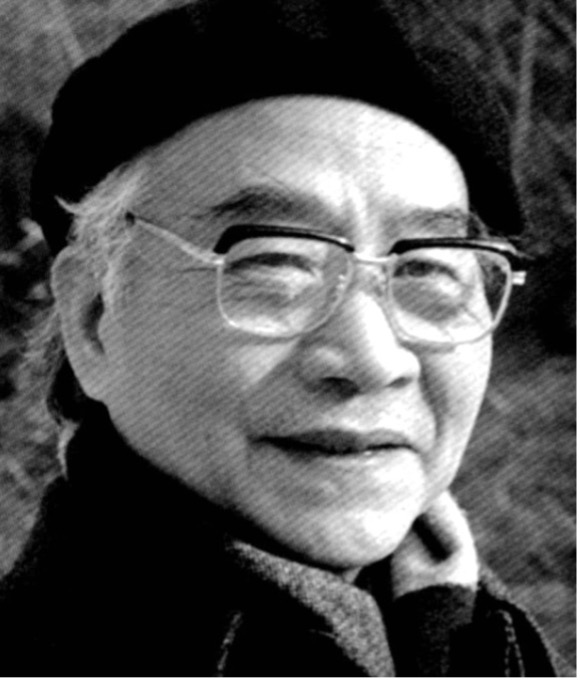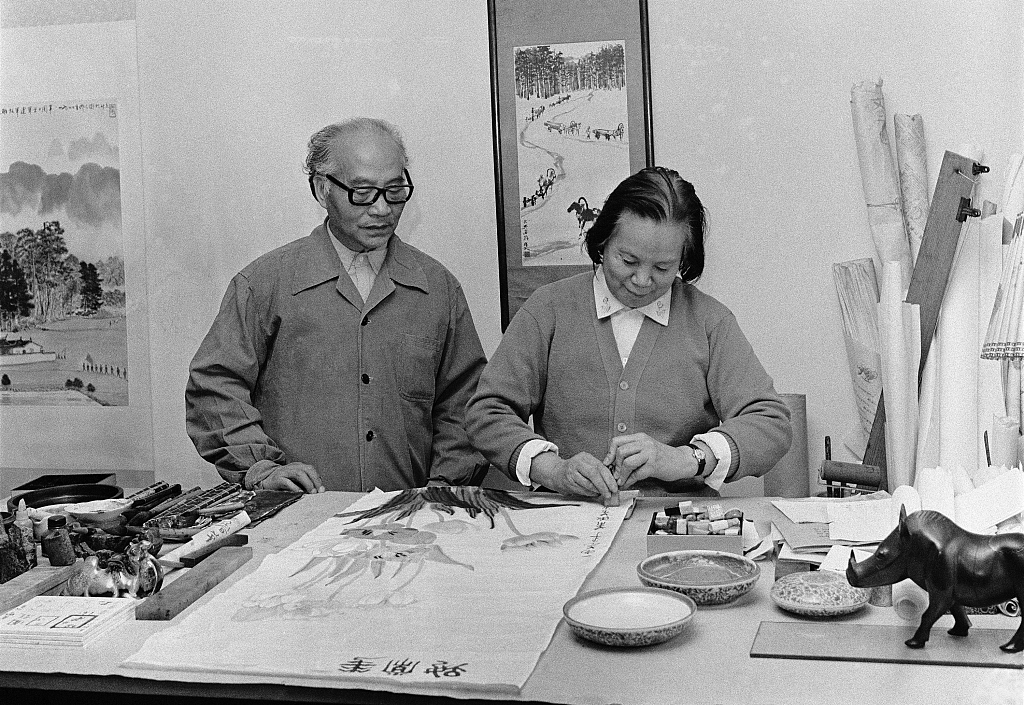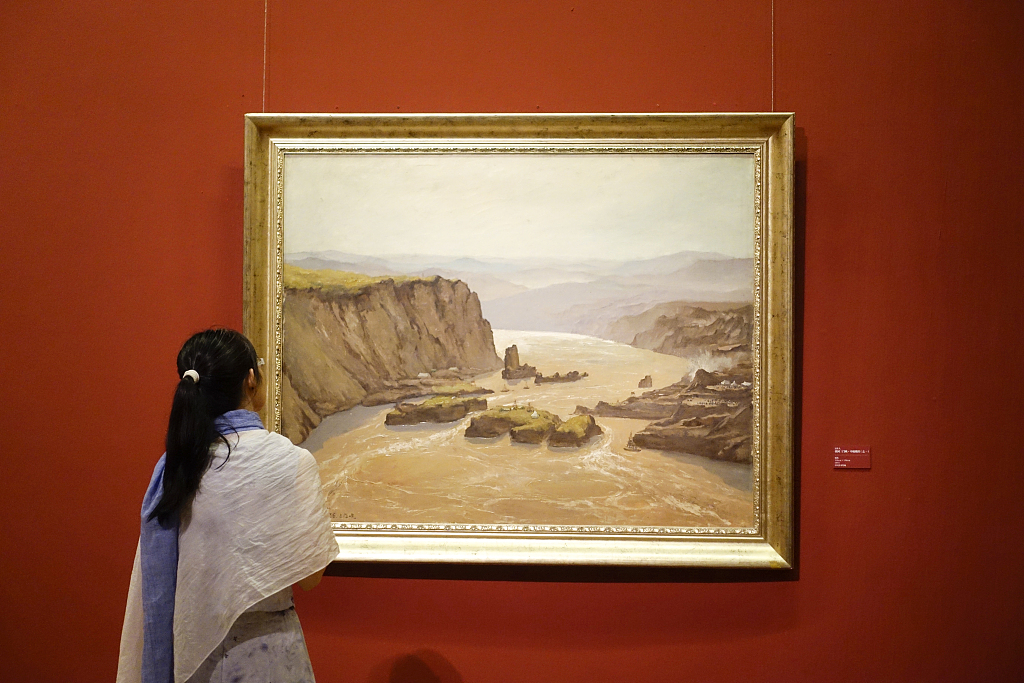
File photo of Chinese oil painter Wu Zuoren. /CGTN
File photo of Chinese oil painter Wu Zuoren. /CGTN
Wu Zuoren was a significant participant and promoter in the advancement of Chinese art during the 20th century. His outstanding creative achievements and distinctive artistic style firmly established him as a cultural benchmark in contemporary Chinese art.
Wu excelled in both oil painting and traditional Chinese painting, accumulating valuable experience in exploring how Chinese art could absorb foreign artistic strengths while retaining its cultural foundation.
In his early years, he was influenced by the teachings of Xu Beihong, a revered Chinese painting master and art educator, and Wu himself made a profound impact on the field of Chinese art history.

This photo taken in 1980 shows Wu Zuoren and his wife Xiao Shufang at their home in Beijing, China. /CFP
This photo taken in 1980 shows Wu Zuoren and his wife Xiao Shufang at their home in Beijing, China. /CFP
Encouraged by Xu Beihong, Wu gained admission to the Ecole Nationale Superieure des Beaux-Arts in France in the spring of 1930, and later continued his studies at the Royal Academy of Fine Arts in Brussels, Belgium. His exceptional talent was recognized when he achieved top honors in the school-wide examination with his oil painting work, earning him a gold medal and honorary laurels.
In the autumn of 1935, Wu Zuoren returned to China to become a lecturer at the National Central University in Nanjing.
From April 1943 to February 1945, Wu Zuoren spent nearly two years traveling to Gansu, Qinghai, and western Sichuan to experience life and depict natural scenery. The vast and simple landscapes and local customs of those places had a profound impact on Wu, shaping his unique artistic style, including his later transition from oil painting to traditional Chinese painting.

This photo taken on September 22, 2018, shows a visitor viewing Wu Zuoren’s “Sanmenxia and Yellow River” displayed at the National Art Museum of China. /CFP
This photo taken on September 22, 2018, shows a visitor viewing Wu Zuoren’s “Sanmenxia and Yellow River” displayed at the National Art Museum of China. /CFP
The peak of Wu Zuoren's oil painting career was in the 1940s and 1950s. One of his representative works, "Sanmenxia and Yellow River," depicts a magnificent scene of the surging Yellow River crossing through towering mountains. The bustling scene of construction work on a river bank, with busy workers building hydroelectric power stations, exemplifies the perfect combination of landscape painting and thematic creativity.
Wu Zuoren's artistic explorations were not limited to the localization of oil painting in China, he also delved into incorporating Western artistic strengths to enhance the expressive power and formal aesthetics of traditional Chinese painting. His contributions to Chinese art are noteworthy, and his legacy remains an important reference for the development of Chinese art.